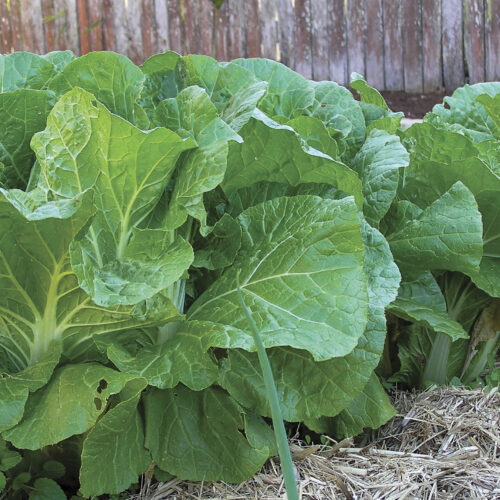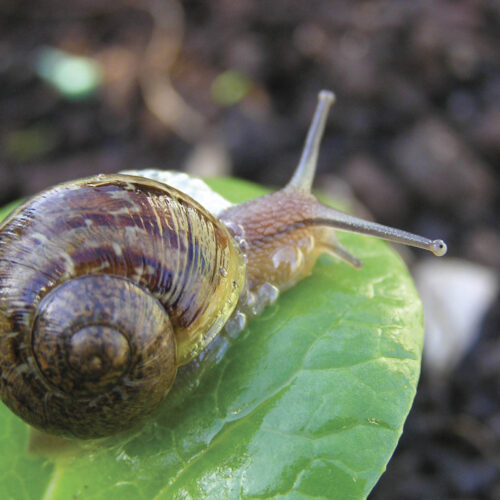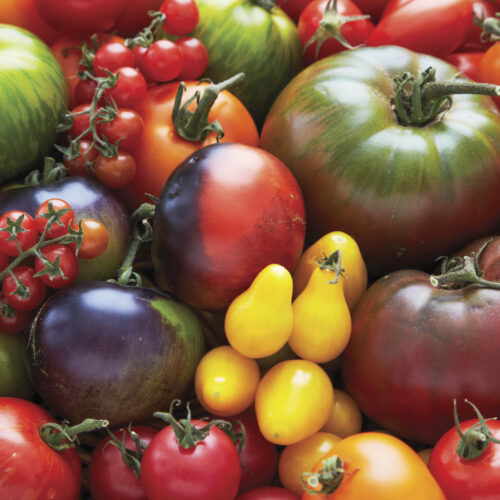Nanomaterials in our food
2017-08-02T14:00:01+10:00
Nanoparticles are creeping into our food chain, but at what cost? Kristen Lyons and Naomi Smith investigate.
For years, some national and international advocacy groups have argued there are serious potential health risks associated with eating the nanoparticles that are entering our food system. Recently released reports have backed this view, forcing our regulators to take action.
Nanotechnology – or the science of the very small – refers to particles and activities that occur at the nano scale (between 1–100 nanometres (nm)). If that’s hard to picture, think about a human hair being around 80,000nm in diameter.
In findings published earlier this year, researchers reported ingestion of nanoparticles of titanium dioxide – widely used to make food look whiter – could increase the risk of cancer and chronic intestinal inflammation, as well as reducing nutrient absorption (1). These are significant findings, and ring alarm bells for the agriculture and food industries where nanotechnologies are broadly applied, thereby potentially subjecting people to direct and repeated exposure.
While nanomaterials are used in a broad range of foods in Australia, there remain substantial gaps in knowledge related to their health and safety impacts. As some of the latest science suggests, however, the more we know the more there is to be concerned about.
While Food Standards Australia New Zealand (FSANZ) acknowledged the existence of nanoparticles in Australia’s food system in 2015 (2), it has dismissed scientific evidence as a basis for instigating its own safety tests, or in adopting a precautionary approach. That so much remains unknown about these novel ingredients is concerning, as is the lack of regulation to enforce labelling to enable consumers to identify foods that contain these ingredients. The EU and Switzerland are the only jurisdictions to have introduced binding nanomaterial definitions and labelling requirements.
Food nanos in brief
Some processed foods contain tiny, engineered particles called nano materials.
Claimed to have the potential to revolutionise the food industry, nanoparticles are being investigated for a multitude of uses: to produce creamy liquids that contain no fat, enhance flavours, improve supplement delivery, keep food fresh for longer and indicate when it spoils. Although some nanoparticles have been found to exist in nature, it is the nanoparticles that are engineered in laboratories that have environmental health advocates concerned.
To read more about nanomaterials in your food, get the latest issue of Organic Gardener OUT NOW!
Also, here’s some further reading:
Enabling Technologies
Applied across food and farming
www.fao.org/docrep/012/i1434e/i1434e00.pdf
Global food market
www.sciencedirect.com/science/article/pii/S0924224414001988
‘Rejected claims that nanoparticles are present’ and ‘explained’
www.foodstandards.gov.au/publications/riskanalysisfoodregulation/Pages/default.aspx
Titanium dioxide
nanopartikel.info/en/nanoinfo/materials/titanium-dioxide
Processed food items
emergingtech.foe.org.au/wp-content/uploads/2015/09/FoE-food-testing-briefing-Sep-2015.pdf
Disadvantaged Groups are more likely …
ajcn.nutrition.org/content/87/5/1107.full
‘Reports’ and ‘food’ and ‘concluded’
Food packaging
Assessment of the safety
https://www.ncbi.nlm.nih.gov/pubmed/21077788







